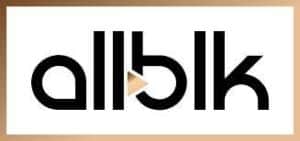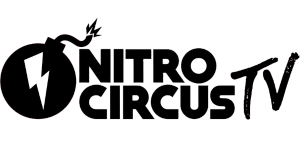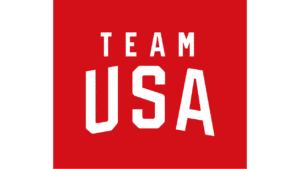Over the past 8 years, the number of households watching TV with an Over-the-Air (OTA) antenna has increased by almost 50%. While this surging interest in antenna TV has resulted in innovative new technology aimed at consumers looking for alternatives to expensive cable subscriptions, it’s also bringing out scammers looking to make a quick buck. If you wish to watch free live local Over-the-Air TV, here’s how to avoid getting scammed when buying a tv antenna.

Modern TV Antenna Technology:

The range of signals (aka spectrum) that Over-the-Air TV occupies has changed in recent years.
Most channels have moved to the UHF spectrum, while some remain on VHF. Frequencies that were formerly used for higher numbered UHF channels have been auctioned off and allocated to LTE cellular traffic.
Modern, quality antennas are designed to focus on today’s broadcast TV spectrum and limit interference from adjacent frequencies.
Older or lower quality antennas can still capture signals but may be less effective, so try to deal with reputable companies that specialize in TV antenna technology like Mohu, Antennas Direct, Winegard and Antop.
Questionable TV Antenna Marketing:

The more mainstream cord cutting gets the more TV antennas we’ve seen with wacky and even all-out false claims on their packaging or in their marketing materials which can potentially lead consumers astray.
Avoid TV antennas with the following bogus claims…
- 4K Capable
Today’s OTA TV is all digital and broadcast mostly in 720p or 1080i HD quality, therefore ALL TV antennas are ‘HD’ capable. But you may see TV antennas touting 4K or UHD. Aside from a small handful of special ATSC 3.0 test broadcasts NO channels are distributed in 4K or ‘ultra-HD’ quality today. As ATSC 3.0 becomes more prevalent, any OTA TV antenna in range would STILL be able to capture those signals but is unlikely that 4K UHD broadcasts will be available regularly anytime soon. - Access to Cable-Only TV Channels
Some TV antennas – including ones listed online as ‘Best Seller’ and ‘Amazon’s Choice’ – include packaging or marketing materials that claim they provide access to cable-only channels like ESPN or HBO. If the channel isn’t broadcast Over-the-Air, there’s no ‘special’ TV antenna that will pick it up. - 150+ Mile Range
The curvature of the earth will limit the distance of OTA TV reception to approximately 70 miles from local broadcast towers, even for the best quality outdoor antenna models. TV antennas that claim otherwise are suspect.
If It Sounds Too Good to Be True….

If you see an ad on TV or online for an OTA TV antenna and it sounds too good to be true, it probably is.
We often get asked about products like the Magic Stick, Clear TV and LiveWave antenna. These products are about effective as a paper clip and should be avoided, especially since you can purchase much better options at similar price points.
Now that you know how to spot shady antenna products, check out our Buyer’s Guide to Over-the-Air TV antennas. This guide will take you step-by-step through TV antenna styles, specs and requirements for cord cutting success.
Liked this article?
Check out these tools and posts on Over-the-Air TV antennas, OTA signals and reception next:
- Tablo’s TV signal locator
- What Is the Best Over-the-Air TV Antenna for Cord Cutters?
- How NOT to Shop for an Over-the-Air TV Antenna
- How Your Location Impacts Your Over-the-Air TV Reception
- Top Sources of Obstruction & Interference That Can Impact Your Over-the-Air TV Reception
- Where to Place and How to Install Your Over-the-Air TV Antenna
- Why OTA Frequency Bands Matter for Cord Cutters with Antennas
- Getting Technical with Over-the-Air TV Reception
- Reusing Existing Infrastructure for OTA Antenna Connections
- How to Access OTA Signals from Multiple Directions
Updated March 10, 2022

















































































